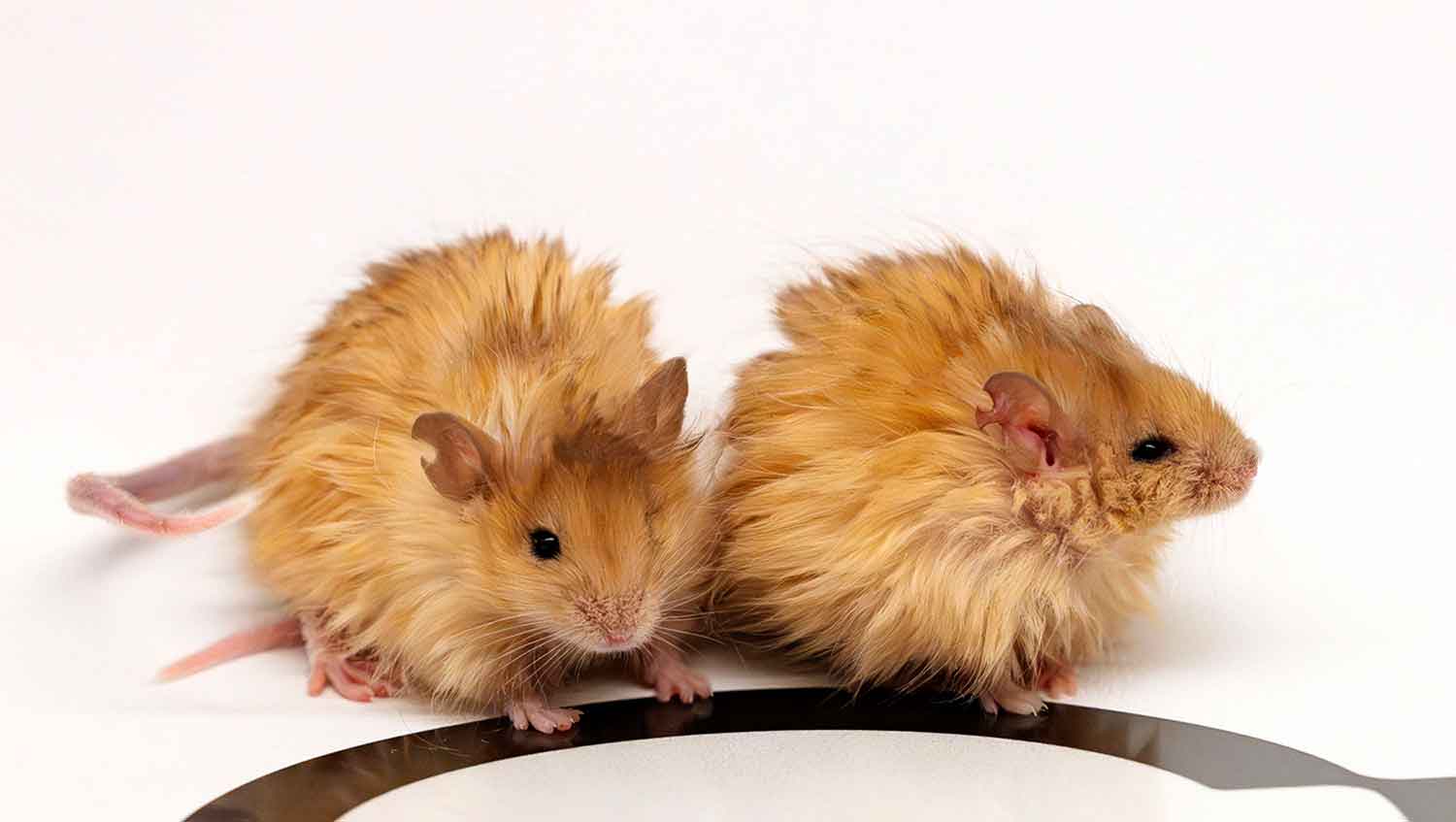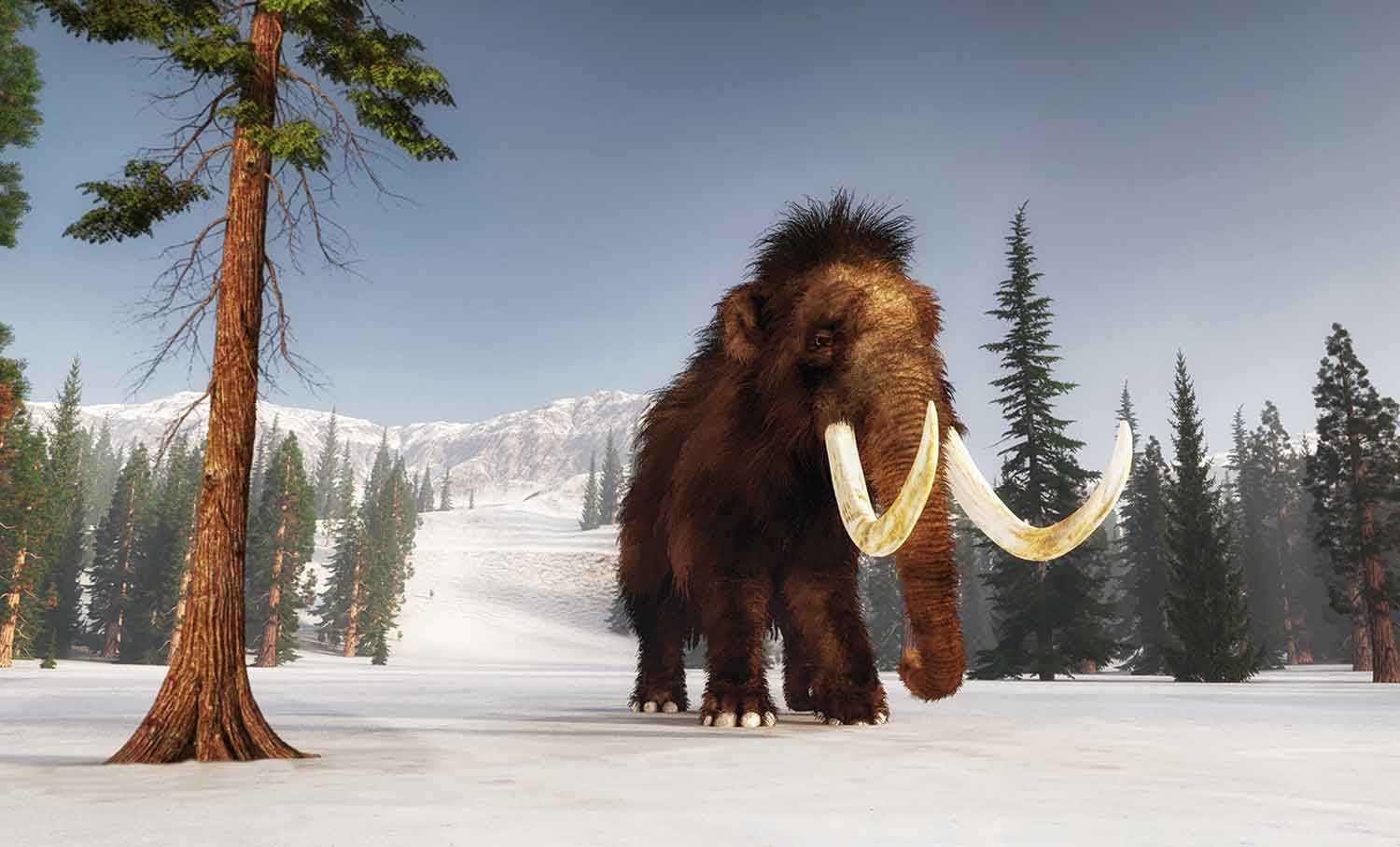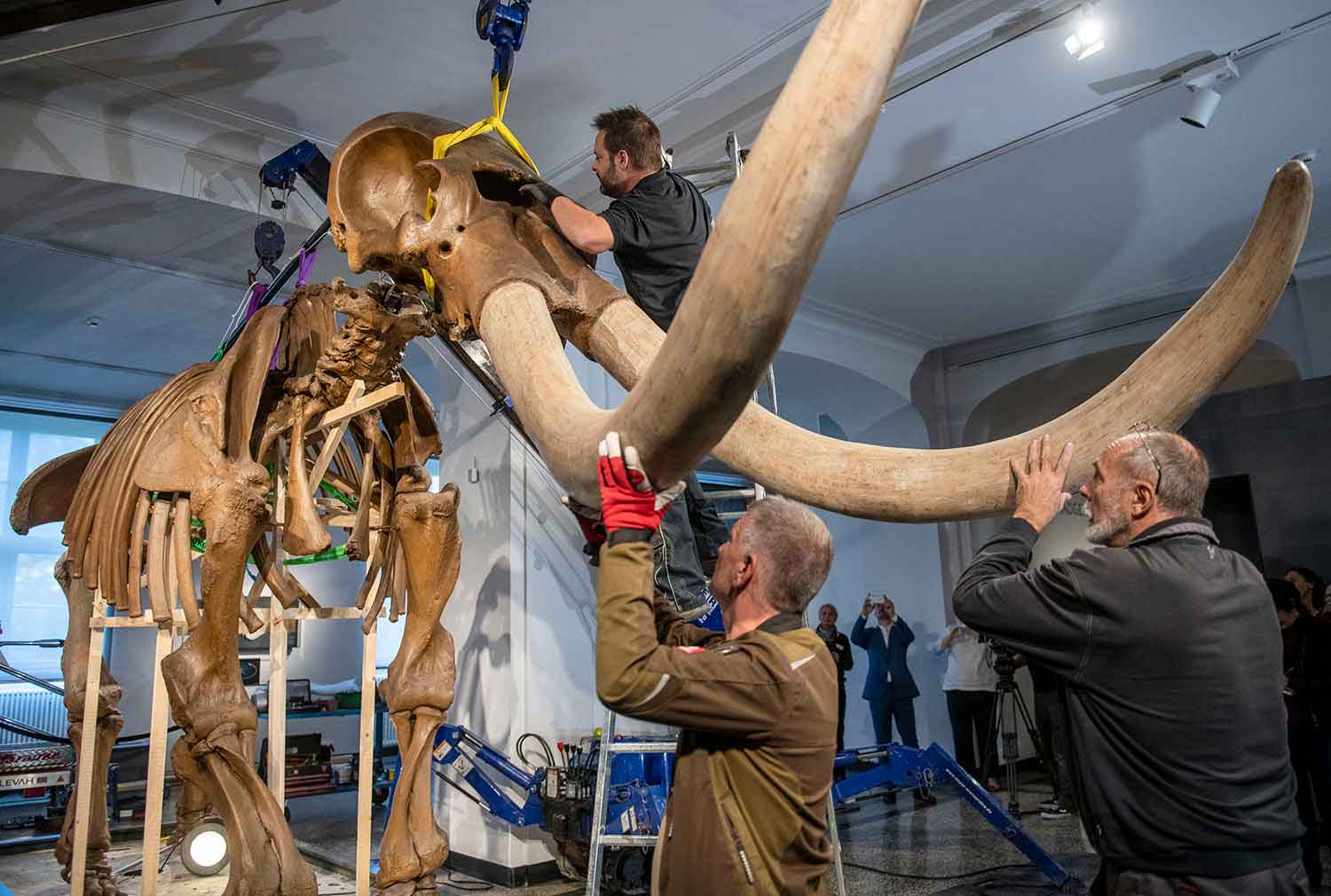Scientists Create Woolly Mice
Scientists have created woolly mice in a lab as part of a project that aims to recreate an extinct animal called the woolly mammoth.

Courtesy of Colossal Biosciences
Genetics company Colossal Biosciences created “woolly mice.”
Hundreds of thousands of years ago, a giant hairy animal roamed the Earth—the woolly mammoth. Though mammoths are now extinct, a genetics company says it is one step closer to bringing them back with the creation of a much smaller animal—the woolly mouse.
Scientists at Colossal Biosciences in the United States have created “woolly mice” with the shaggy, golden-brown hair of mammoths. The scientists altered the genetics of the mice to give them the same woolly trait that mammoths had.
“We ended up with some absolutely adorable mice that have longer, woolly, golden-colored coats,” Beth Shapiro, chief science officer at Colossal, told NPR.
Colossal is a company that hopes to use genetic modification to bring back extinct species like the mammoth. The woolly mice are the first step in this process.
Changing Mouse Genes
Genes dictate all of an organism’s physical and biological traits, like body size and eye color. Altering an organism’s genes can lead to changes in these biological traits, but it is a complicated and difficult process.
Scientists can alter genes through adding, modifying, or replacing the DNA of an organism. Genetic information collected from mammoths found frozen in ice and permafrost has allowed researchers at laboratories like Colossal to identify which genes cause mammoth traits like shaggy hair. They can then make changes in other organisms, like the mice, to give them mammoth-like traits.
“This is the way that we’re going to create mammoths for the future,” Shapiro told NPR.
Is It a Mammoth?
Colossal aims to eventually alter the genes of Asian elephants, which are the mammoth’s closest living relatives. By starting with lab mice, scientists could first try genetic modification on a much smaller scale.
“The Colossal Woolly Mouse marks a watershed moment in our de-extinction mission. This success brings us a step closer to our goal of bringing back the woolly mammoth,” said Ben Lamm, the cofounder of Colossal.
However, other scientists are skeptical that genetic modification can be used to return the mammoth from extinction. Tori Herridge, a scientist from the University of Sheffield in the United Kingdom, told CNN that it will be much more challenging to make genetic changes in elephants than in mice. Changing these traits to an elephant’s DNA will create something that resembles a mammoth but will not be the real thing, she said.
“You are never going to ‘bring back’ a mammoth,” said Herridge.
The scientists at Colossal are focusing on bringing back not just the mammoth, but other extinct species as well. One of these species is the Australian thylacine—also called the Tasmanian tiger—which humans hunted into extinction in the early 1900s.



